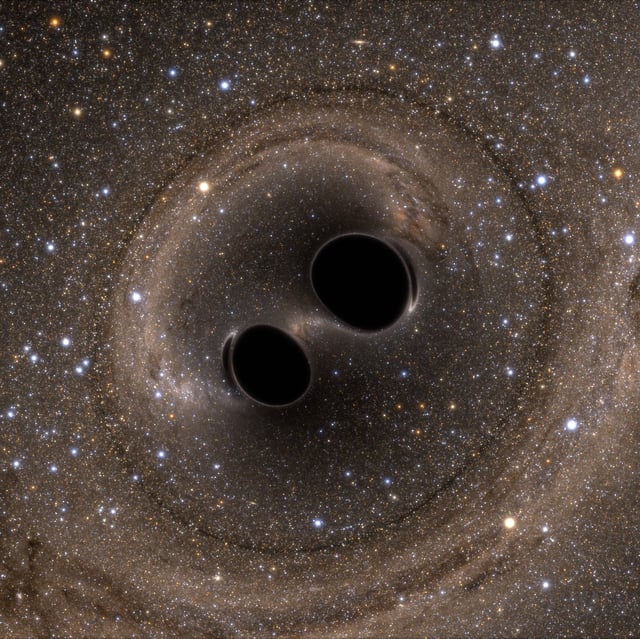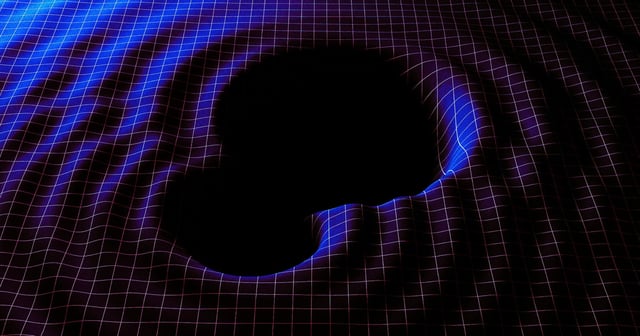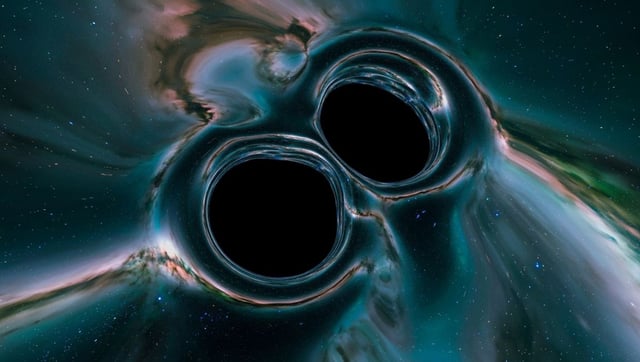Overview
- The collision of two black holes weighing roughly 103 and 137 times the Sun’s mass produced a remnant of about 225 solar masses, marking the heaviest merger recorded by gravitational-wave observatories.
- The progenitors occupied the theorized 60–130 solar mass gap where standard stellar collapse is thought to fail due to pair-instability supernovae.
- Researchers propose that earlier black hole mergers built up the components in a hierarchical assembly, accounting for their extraordinary masses and rapid spins.
- Details of GW231123 were unveiled on July 14 at the GR-Amaldi gravitational-waves conference, with a peer-reviewed publication in preparation.
- Enhancements to the LVK network, including LIGO-India and improved detector sensitivity, are planned to increase detection reach and capture similar extreme events.


